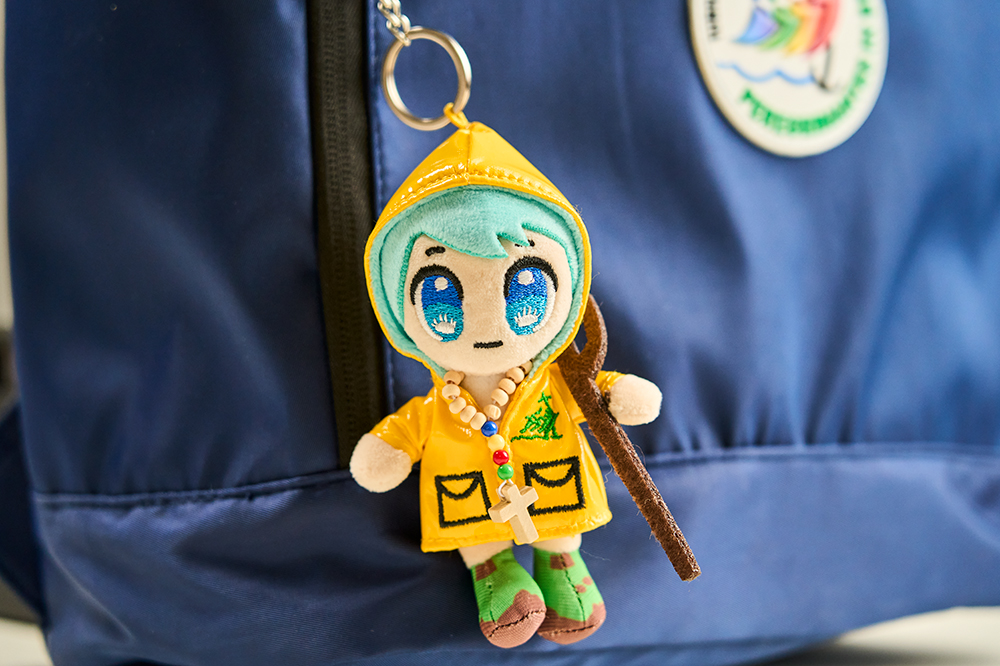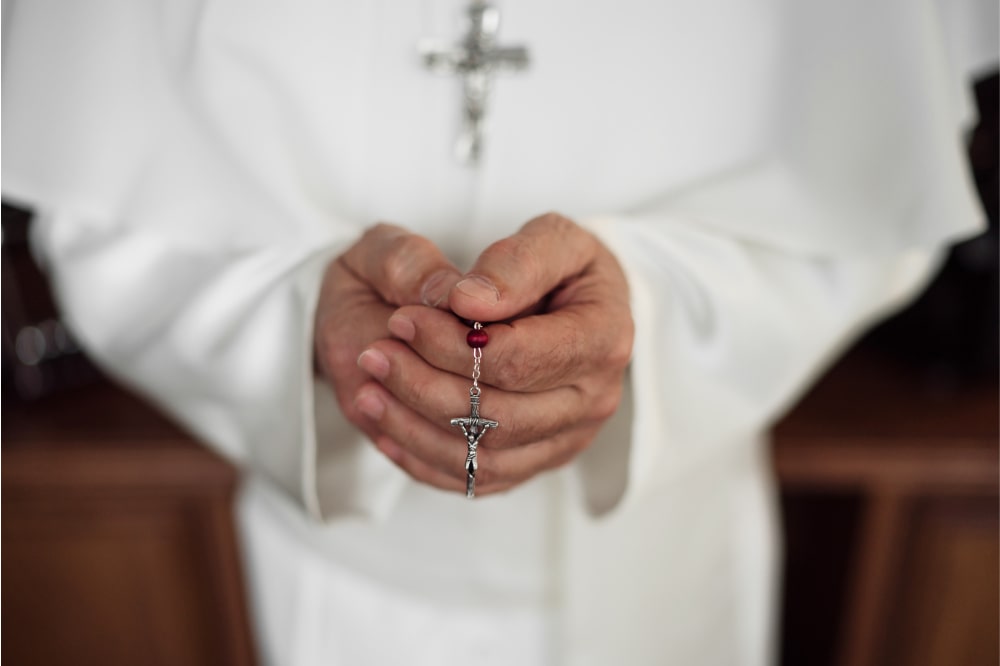Saint Rosalia, patron saint of Palermo, is celebrated on 4 September. We know better this beloved saint who defeated the plague and saved her city.
Even today in Palermo and other cities of Sicily the memory of Saint Rosalia is celebrated, and not only on the day of her death, which took place on 4 September 1170 in the cave of Monte Pellegrino, where the Saint lived in peace and solitude as a hermit. The people of Palermo celebrate Saint Rosalia, which they affectionately call Santuzza with a special celebration: u fistinu (the feast), which is held from 11 to 15 July and which celebrates the end of the plague in 1625 by the Saint.
But who was Saint Rosalia, and why is she still so loved in Sicily?
Story of the saint
Saint Rosalia is first and foremost a historical figure, a young woman who lived in the 12th century, in Sicily dominated by the Altavilla, one of the most important families of Norman origin of the time. Rosalia was born in 1130 and died young in 1166. Her birth, as well as her short life, are cloaked in a legendary halo, the result of popular devotion born when the young saint was still alive. Beyond the popular testimonies and the stories that sprouted around her figure, we know that Rosalia de Sinibaldi was born into one of the most important families of her time. Her father was Count Sinibaldo Sinibaldi, lord of Quisquina, a descendant of Charlemagne; his mother, Maria Guiscardi, was linked to the Norman court of Roger II. At that same court, Rosalia lived her childhood and adolescence, becoming one of the bridesmaids of Queen Sibilla. Legend has it that before Rosalia was born to Roger II of Altavilla and his first wife Elvira, a mysterious figure appeared who would inform them of the birth of the child, calling her “a rose without thorns”. Hence the name was chosen for her, Rosalia, which combines the Latin terms rose and lilium, “rose” and “lily”.

Betrothed Baldwin, one of Roger’s most faithful knights, on the eve of the wedding Rosalia saw the face of Jesus in the mirror where she was contemplating herself. Then she cut her braids and after communicating her decision to the family, the court and the betrothed, she left the palace and went to the monastery of Saint Salvatore in Palermo, where a community of monks lived who were inspired by the rule of Saint Basil. Subsequently, to escape the continuous visits of her parents and Baldwin, who did not resign themselves to having lost her, Rosalia moved to a cave near Santo Stefano Quisquina, in the lands of her father, where she lived for twelve years as a hermit. In another cave, that of Monte Pellegrino, in Palermo, where the girl had taken refuge at the invitation of Queen Margaret of Navarre, Saint Rosalia gently slipped from sleep to death.
In 1624 Palermo was hit by a frightening epidemic of the black plague, brought to the island by a brigantine from Tunis loaded with pests. Giannettino Doria, bishop of Palermo, tried in every way to bring relief and comfort to the people of the island, but the holy man seemed powerless in the face of the disaster. Until Saint Rosalia appeared at the cave on Monte Pellegrino.

Prayer for the sick: praying for a loved one or for yourself
Here is a prayer for the sick to turn to Jesus or Our Lady to obtain relief for us and our loved ones…
The first to see her was Girolama La Gattuta, an embroiderer from Ciminna, a municipality in the Palermo metropolitan area, who suffered from malignant fever at the Ospedale Grande in Palermo. The infirm one day saw a nun dressed in white followed by a trail of lightning. He touched her and miraculously healed her. The nun was Saint Rosalia, who asked the woman to go to Monte Pellegrino, where a stone altar dedicated to her had been erected in the meantime, but Girolama did not do it and became ill again. Eventually, she went up to the cave on the day of Pentecost, with her husband Benedetto Lo Gattuto, and two friends. Here he drank the clear water that flowed from the rocky walls of a cave and miraculously healed. Girolama again saw the Saint who revealed to her where her mortal remains were. Bishop Giannettino Doria was warned and the remains of the Saint were recovered under a large slab of marble and limestone. The bones were very white, embedded in the limestone, and gave off an intense scent of flowers. They were taken to the Archbishop’s Palace for examination.
The following year, in February 1625, Saint Rosalia appeared again on Mount Pellegrino Vincenzo Bonello (or Bonelli), a soap maker from Monte di Pietà, about to take his own life after seeing his young wife die of the plague. The saint stopped the mad gesture and told the man that the plague would end if his remains were brought in a solemn procession through Palermo, singing the “Te Deum Laudamus”. Vincenzo told his confessor about that apparition, then became ill with the plague and died.
On 9 June 1625, the procession took place as requested by Saint Rosalia, with the archbishop of Palermo Giannettino Doria at the head, followed by all the clergy and political personalities of the city. The saint’s relics were carried on the notes of the “Te Deum Laudamus”. The epidemic stopped and people started to heal. Saint Rosalia can therefore rightly be considered one of the saints to be invoked in the event of epidemics and diseases.
Feast of Saint Rosalia
It is precisely to remember the passage of the relics of Saint Rosalia through Palermo and the consequent end of the plague that every year from 11 to 15 July the so-called Feast of Saint Rosalia is celebrated.
Initially, it was a large procession that involved several floats, belonging to the various town fraternities. Even today, the tradition of the confraternities lives on in the Festino. One of the oldest and most famous fraternities is the Confraternity of Santa Rosalia dei Sacchi, formed by barbers and shoemakers in 1635 and dedicated to the cult of the Sanctuary. Four men belonging to this brotherhood were given the task of transporting the painting of the Saint preserved in the church of Casa Professa. Sixty-two members of the Pia Congregation of Maria SS. Annunziata, from the category of Manufacturers – later replaced by masons – transported instead the large silver urn containing the sacred relics of Saint Rosalia, made in 1631 by the silversmiths of Palermo using 412 kg of pure silver.
In 1686, a single large triumphal chariot replaced the small chariots. Rebuilt several times, it was enriched with scenic details by many famous architects from Palermo. In 1701, Paolo Amato gave it the shape of a vessel, which it still maintains. In 1924, a fixed wagon was built with a central tower 25 metres high, for the three hundred years of the discovery of the remains of the Sanctuary. But practically every year a new wagon is made. Above the cart is the statue of the Saint adorned with roses, which is also renewed every year. To accompany her in procession a historical procession in seventeenth-century costumes.
On the evening of 14 July, the great procession starts from the Cathedral and continues along the ancient axis of Cassaro, the oldest street in Palermo (today Via Vittorio Emanuele), to the sea. The itinerary, which also passes through Porta Felice, wants to symbolize the passage from death (the plague) to life (the sea, which will be illuminated by fireworks).
Music, songs and evocative choreography accompany the triumphal chariot. The Mayor lays a crown of flowers at the foot of the statue of Saint Rosalia ai Quattro Canti, the octagonal square at the intersection of the two main axes of Palermo: the Via Maqueda and the Cassaro. Then the procession continues to the Marina for the great fireworks display.

Like many other patron saint festivals in our country, the Feast of Saint Rosalia attracts every year tens of thousands of tourists and faithful, who come to follow the procession of the Carro della Santuzza, and to taste the dishes of the popular tradition of Palermo: the Pasta with sardines (the Sardinian pastachî), the babbaluci (snails boiled with garlic and parsley), the sfincione (‘u sfinciuni), the boiled octopus (‘u purpu), calia and simenza (‘uscacciu), the boiled corn cob (pullanca) and Watermelon (‘u muluni).
The meaning of the name Rosalia
As we have mentioned, the name Rosalia comes from the union of two names of flowers in Latin: the rose, a symbol of royalty, and the lilium, the lily, a symbol of purity.
Rosalia would originally have been a pagan feast dedicated to flowers, one of the four solemn sacrifices dedicated to the dead. In addition to the feast of Rosalia, we remember: Parentalia, Violaria and the birthday of the deceased. The festival was held in conjunction with the flowering period of the roses, therefore between May and June.
But another tradition wants to read in this name a Germanic etymology, from hroth (“glory”, “fame”) or hros (“horse”). In fact, the name was brought to Sicily by the Normans. It could also be an adaptation from the ancient French Roscelin, with the meaning of ‘glorious shield’.
The cult of Saint Rosalia, always represented with its two symbols, the crown of roses and the lily has largely contributed to the spread and luck of the name.


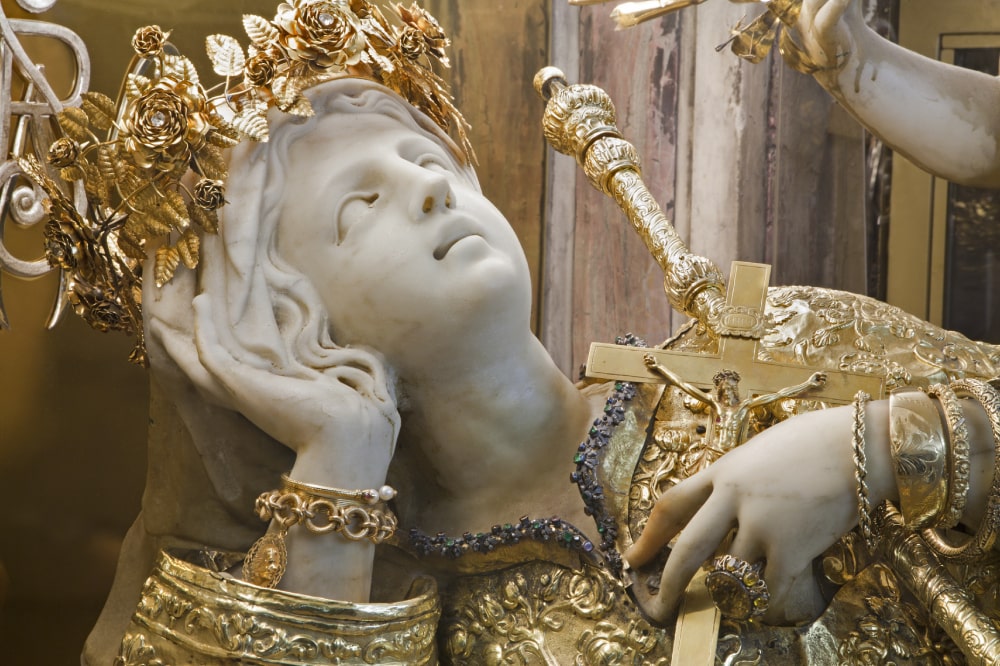


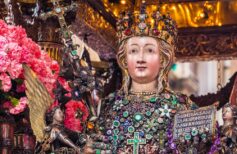
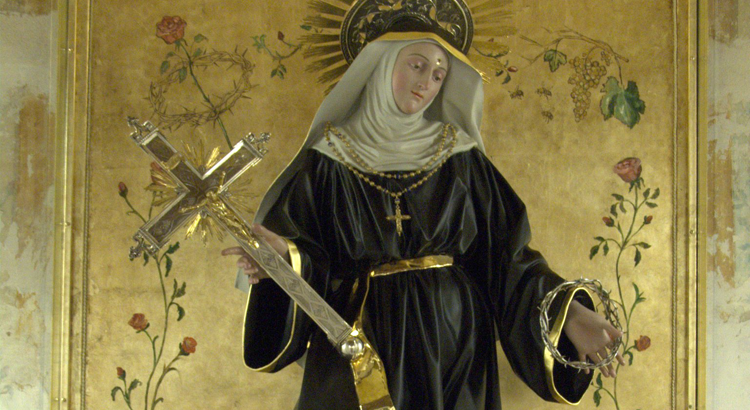
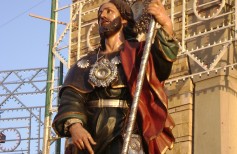
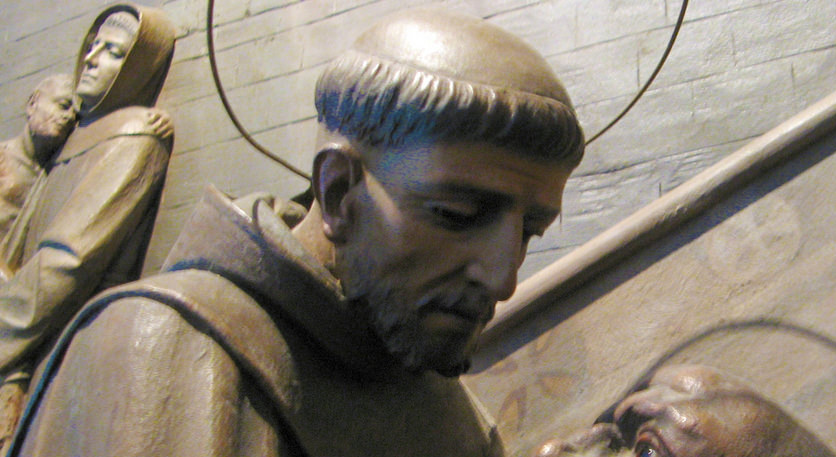
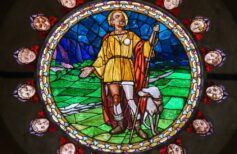

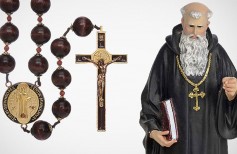








 19 March 2025
19 March 2025
